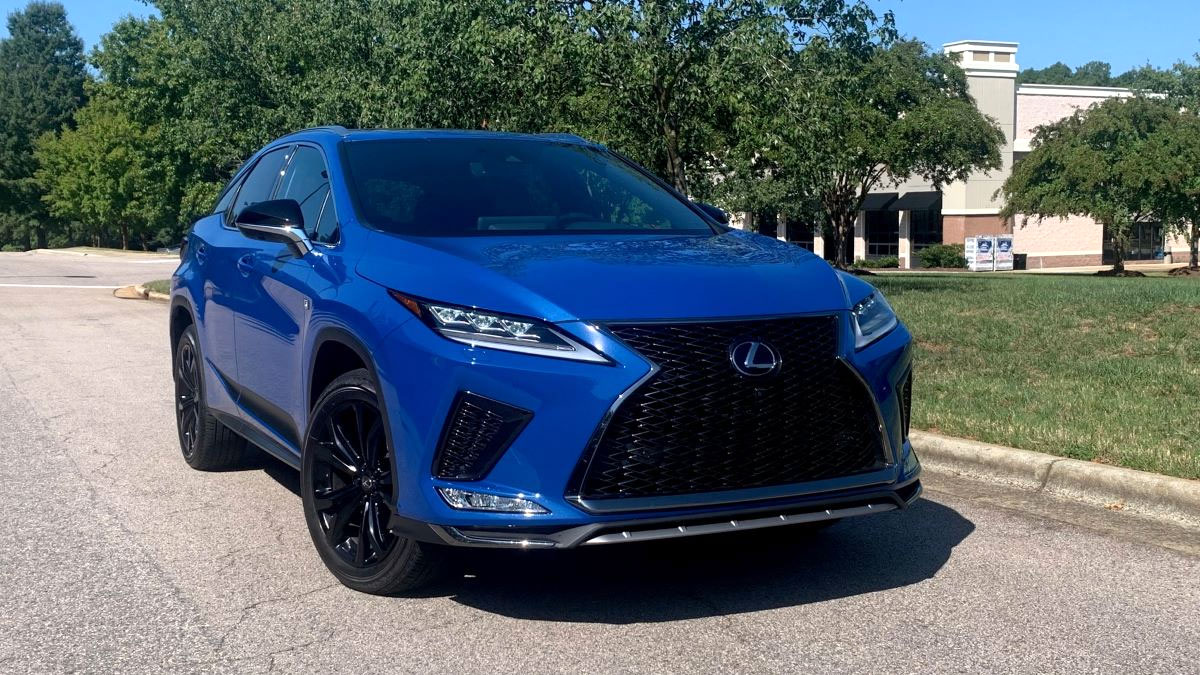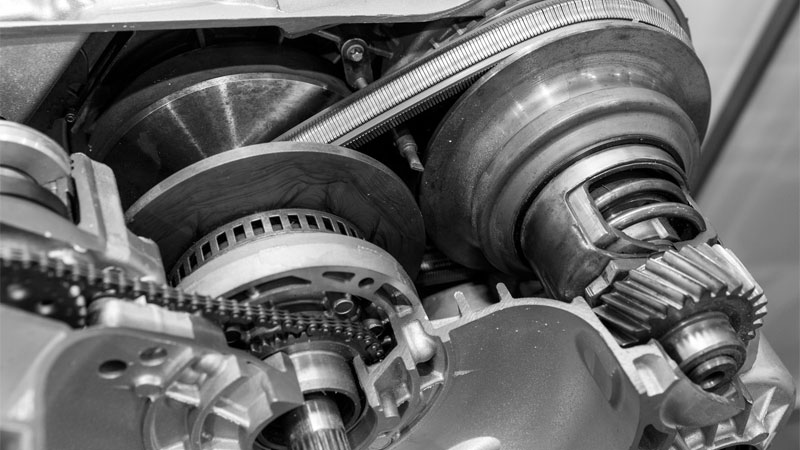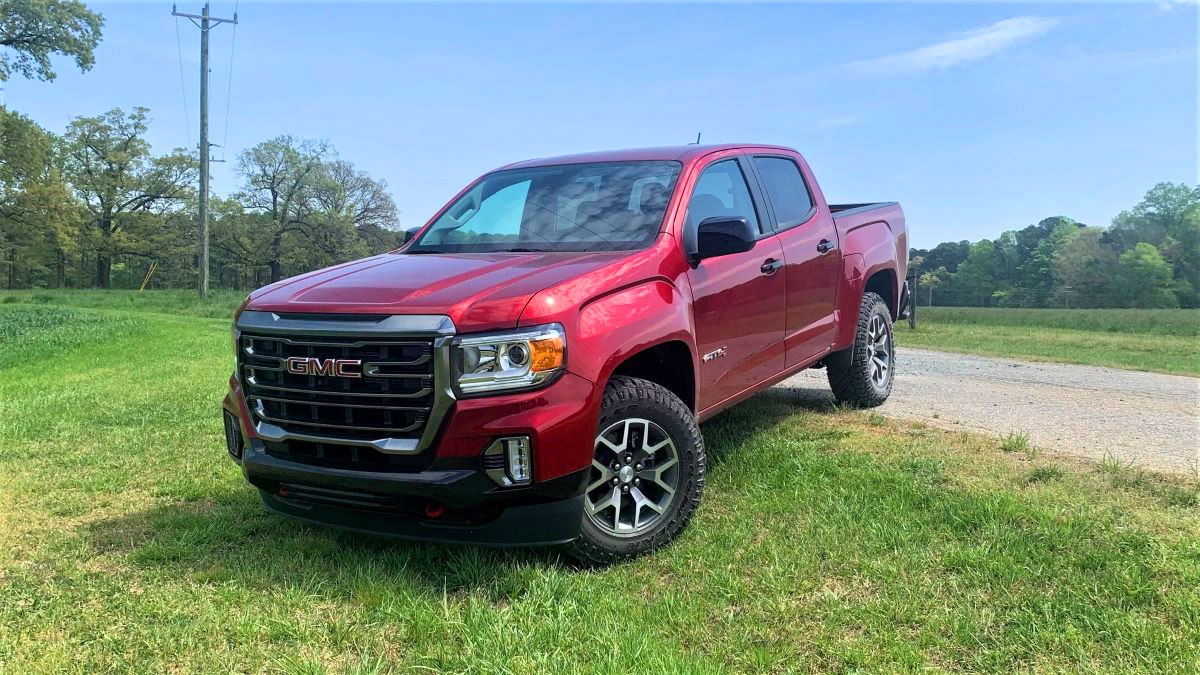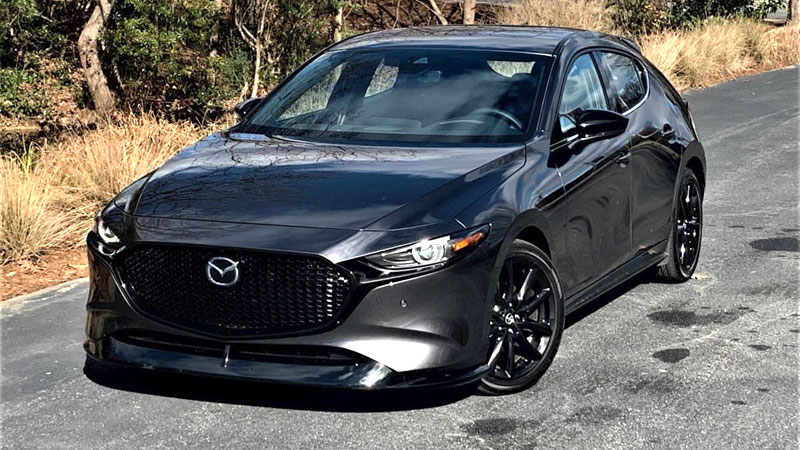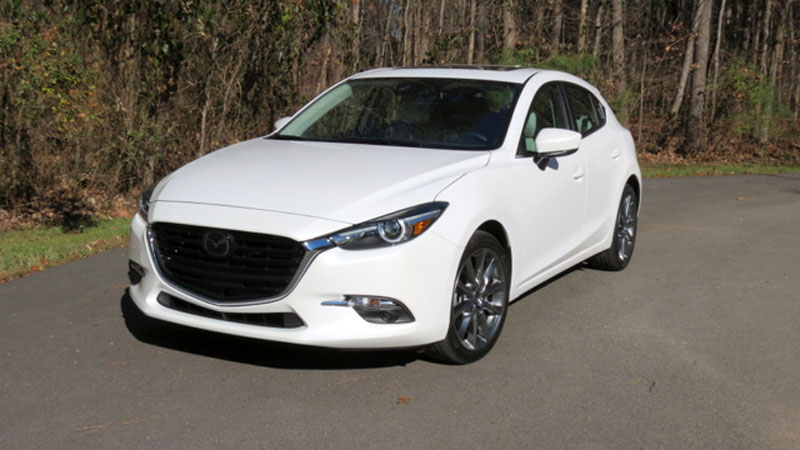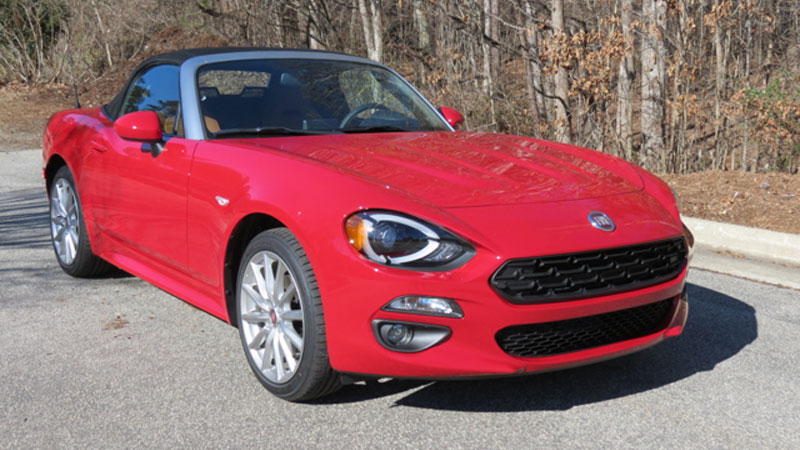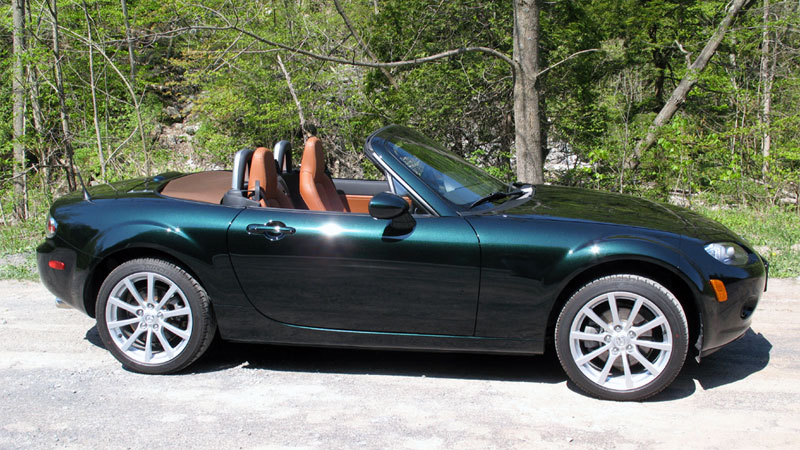2022 Lexus RX 350: The Pursuit of Perfection
It has been nearly a quarter of a century since the Lexus RX appeared, a 1999 model that broke new ground. At the time, luxury utility vehicles were somewhat uncommon as mainstream models dominated. But Lexus saw an opening, particularly from customers who wanted something fancier than a Jeep Grand … Read more

